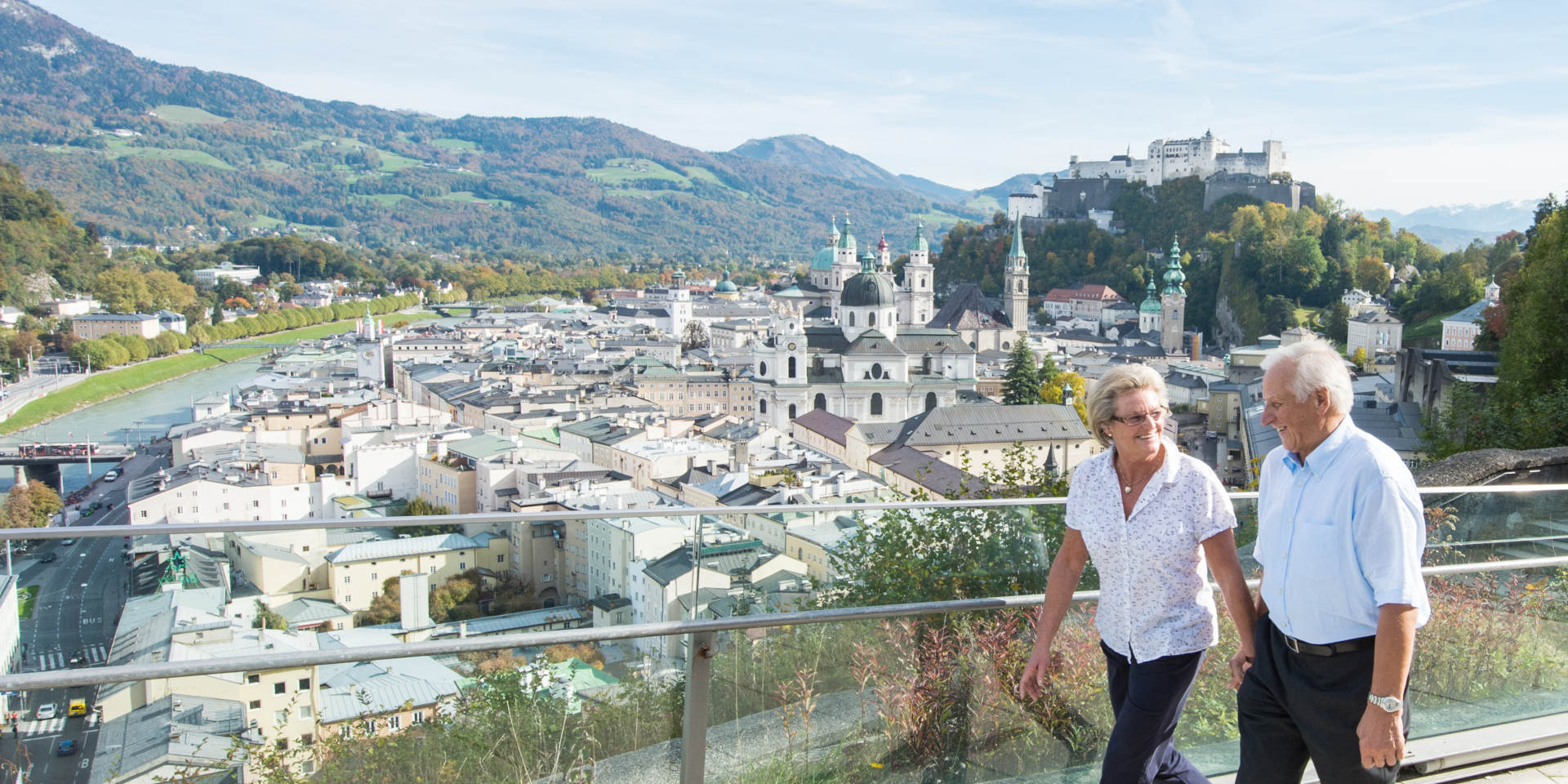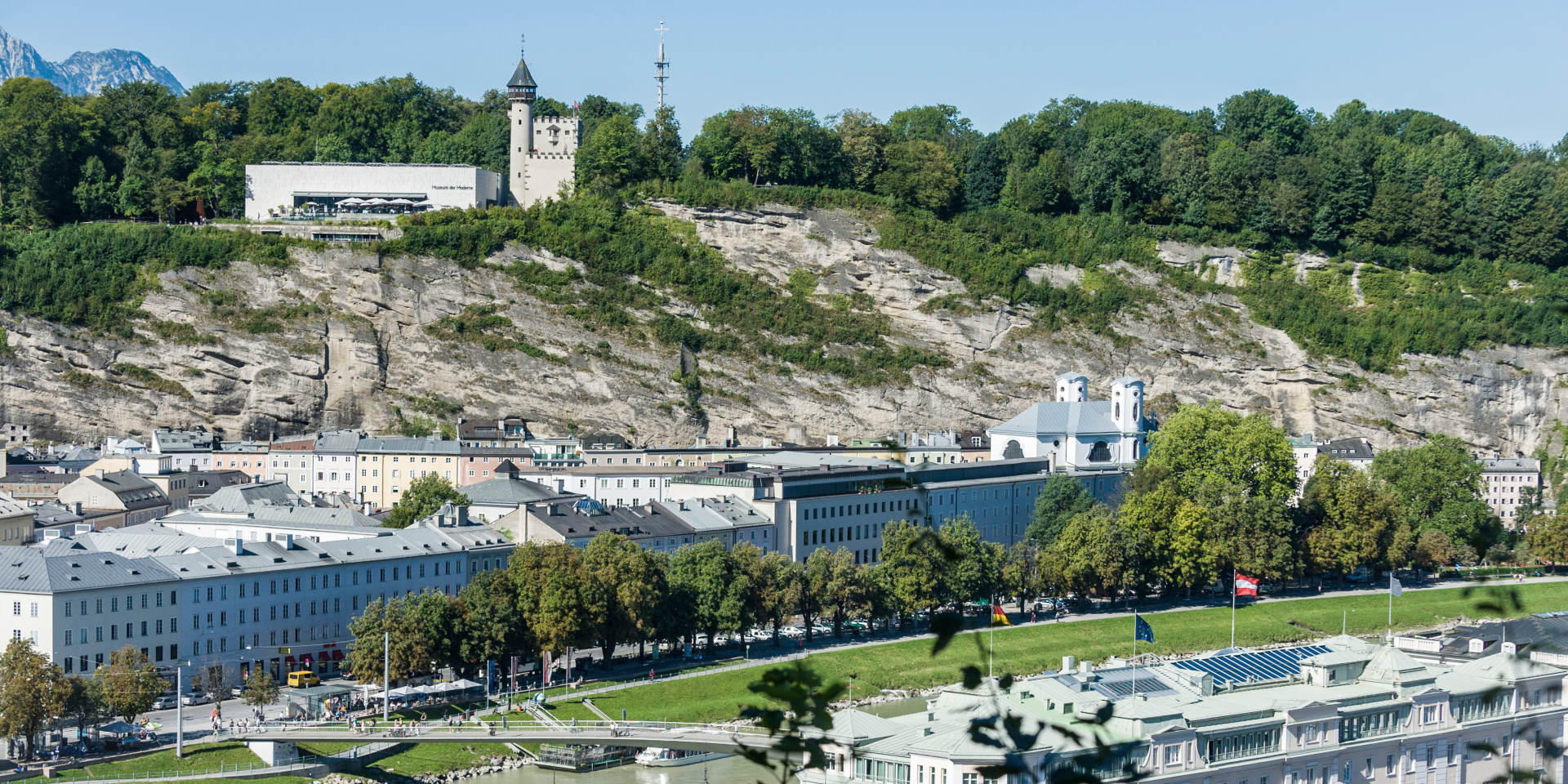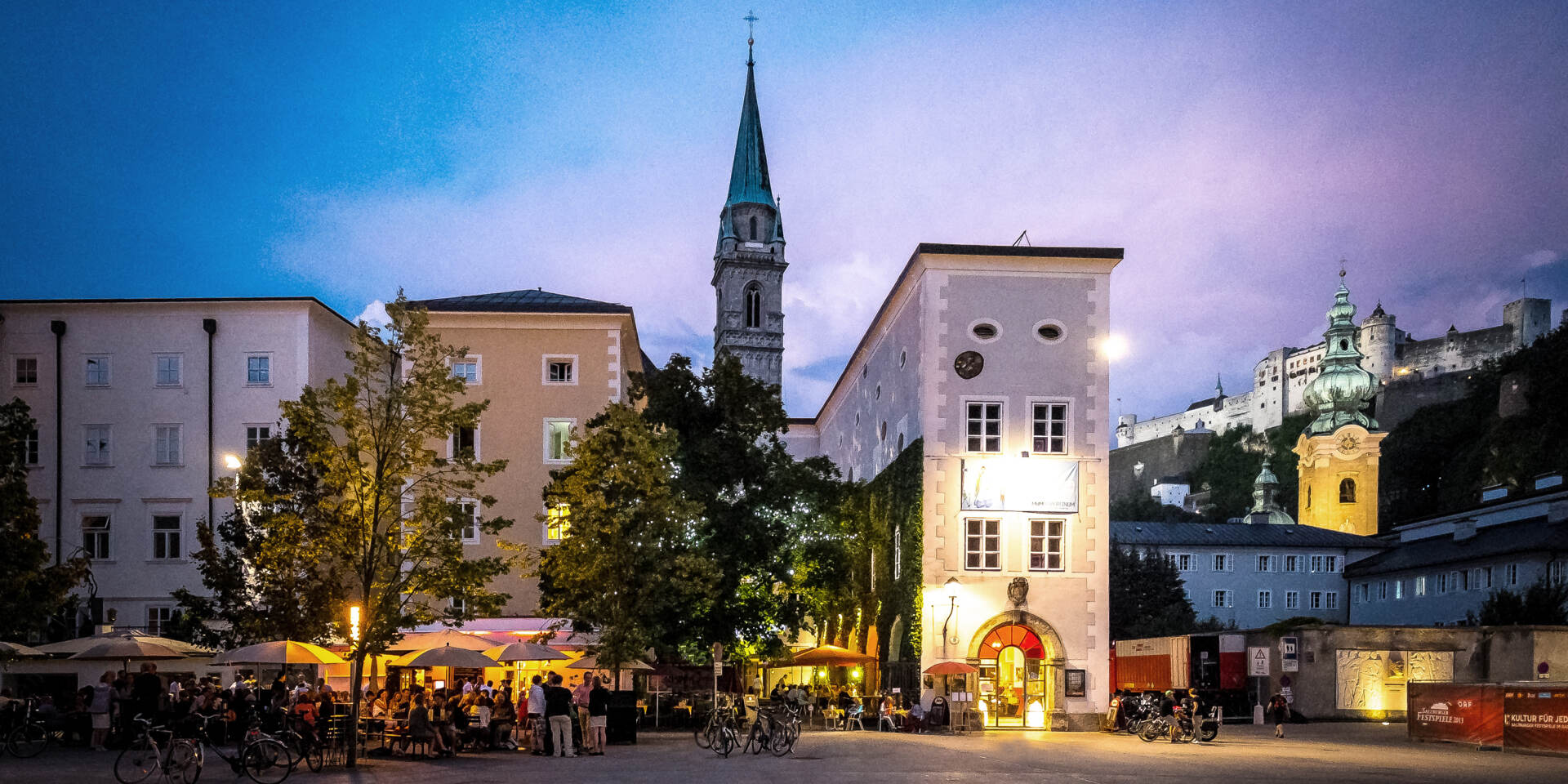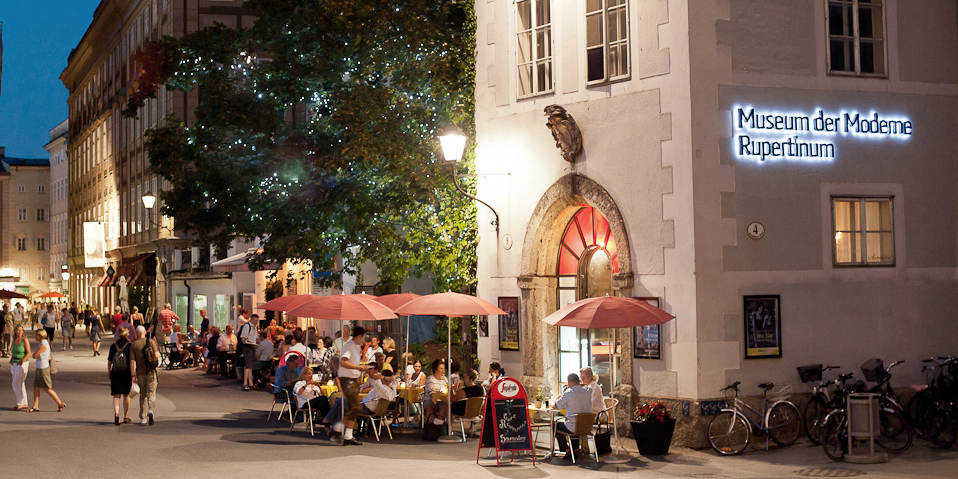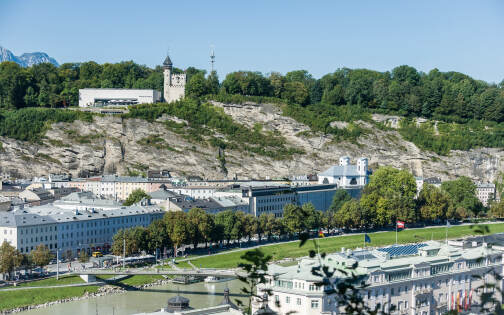
Museum of Modern Art
Discover contemporary and modern art at the Museum der Moderne Salzburg
The Museum der Moderne Salzburg (Museum of Modern Art Salzburg) occupies two buildings in Salzburg: the Rupertinum in the heart of the Salzburg old town and the Museum der Moderne on the Mönchsberg overlooking the city and housing contemporary and modern art.
History of the Museum of Modern Art Salzburg
The museum’s foundation goes back to the generous donation of a collection of modern prints made by Salzburg art dealer Friedrich Welz in 1983. The prints were shown in the old town house Rupertinum as part of the opening of the “Salzburg Museum of Modern Art and Graphic Collection”. Twenty years later and after difficult neogtiations, construction for a second location of the museum began on the Mönchsberg (small mountain in the center of Salzburg’s old town).
The history behind the location of the Museum der Moderne on the Mönchsberg begins already in the 1980s. Back then, an international architectural competition for a museum on the Mönchsberg was held. Entries included, for example, the spectacular proposition to build a Guggenheim Museum Salzburg into the rock of the Mönchsberg. However, no plan was implemented because of strong pushback against the idea.
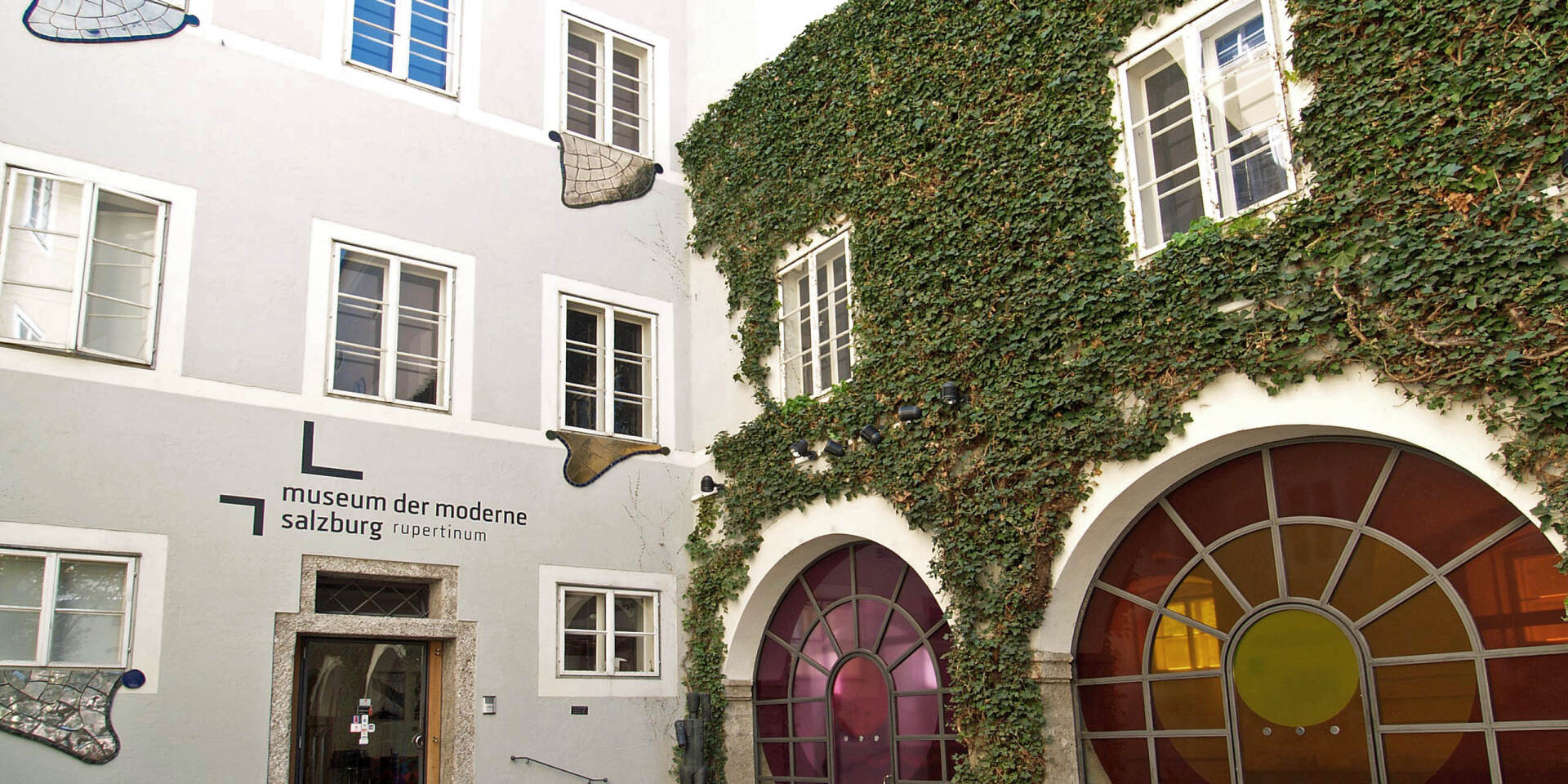
Only when Salzburg Governor Franz Schausberger made the extension of the Rupertinum and the construction of a new art museum on the Mönchsberg one of his most important cultural policy goal, the plans could be executed. This is why another architectural competition was held in 1998. An international jury selected the Munich-based architects Friedrich, Hoff and Zwing for the project.
The new Museum der Moderne was erected in the spot where previously the famous Café Winkler was located. The café also housed the Salzburg Casino from 1977 to 1993. On 23 October 2004 the new Museum der Moderne on the Mönchsberg was opened with an exhibition of a contemporary collection of the Rupertinum. Since then, contemporary art has been the focus of the museum’s portfolio. Exhibitions range from classical modernism, to concept art, light and sound art, media art and current non-European art.
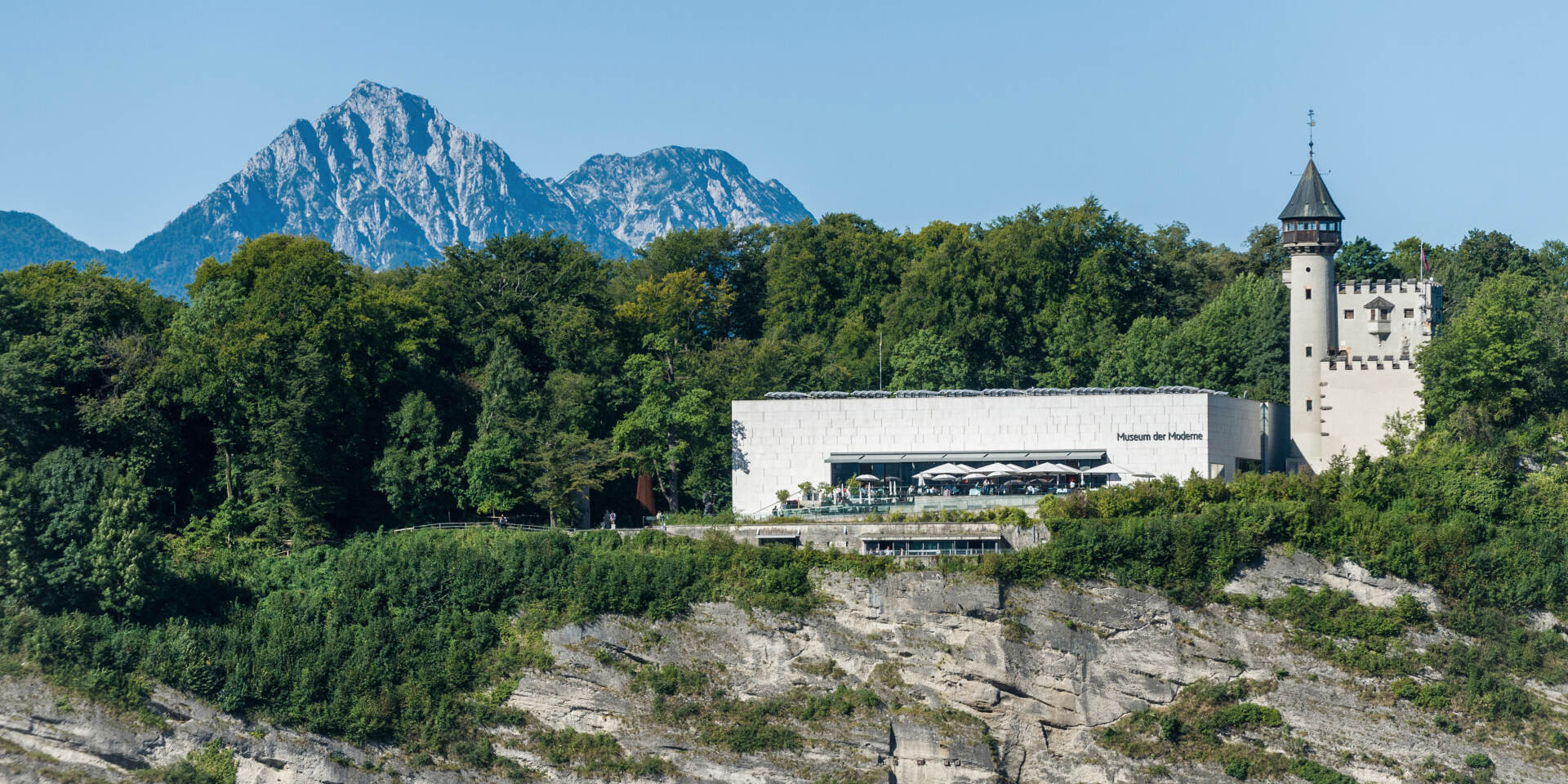
Architecture of the Museum of Modern Art Salzburg
The Rupertinum part of the Museum der Moderne is located in an early Baroque building across from the Large Festival Hall. It was erected in 1653 on behalf of Prince Archbishop Paris Lodron and served in the education of priests and officials. In 1976, the building was acquired by the federal state of Salzburg and adapted by the architect Gerhard Garstenauer. The ceramic appliqués below the windows in the inner courtyard – also known as “Zungenbärte” (“tongue beards”) – were designed by Friedensreich Hundertwasser.
Construction of the Museum der Moderne location on the Mönchsberg was planned by the team of architects comprised of Friedrich, Hoff and Zwink. They wanted to create a structure, that highlights the spectacular view of the city. Thus they designed a cubic build with a broad opening on the front. Visitors have access to exhibition spaces on three levels with a total area of 2,300 m2. The interior was designed by Matteo Thun and reflects the rural and religious traditions of Salzburg. Architectural highlights include the glazed staircases with a view of the 18th century water tower and the façade clad in local marble sourced at the Untersberg.
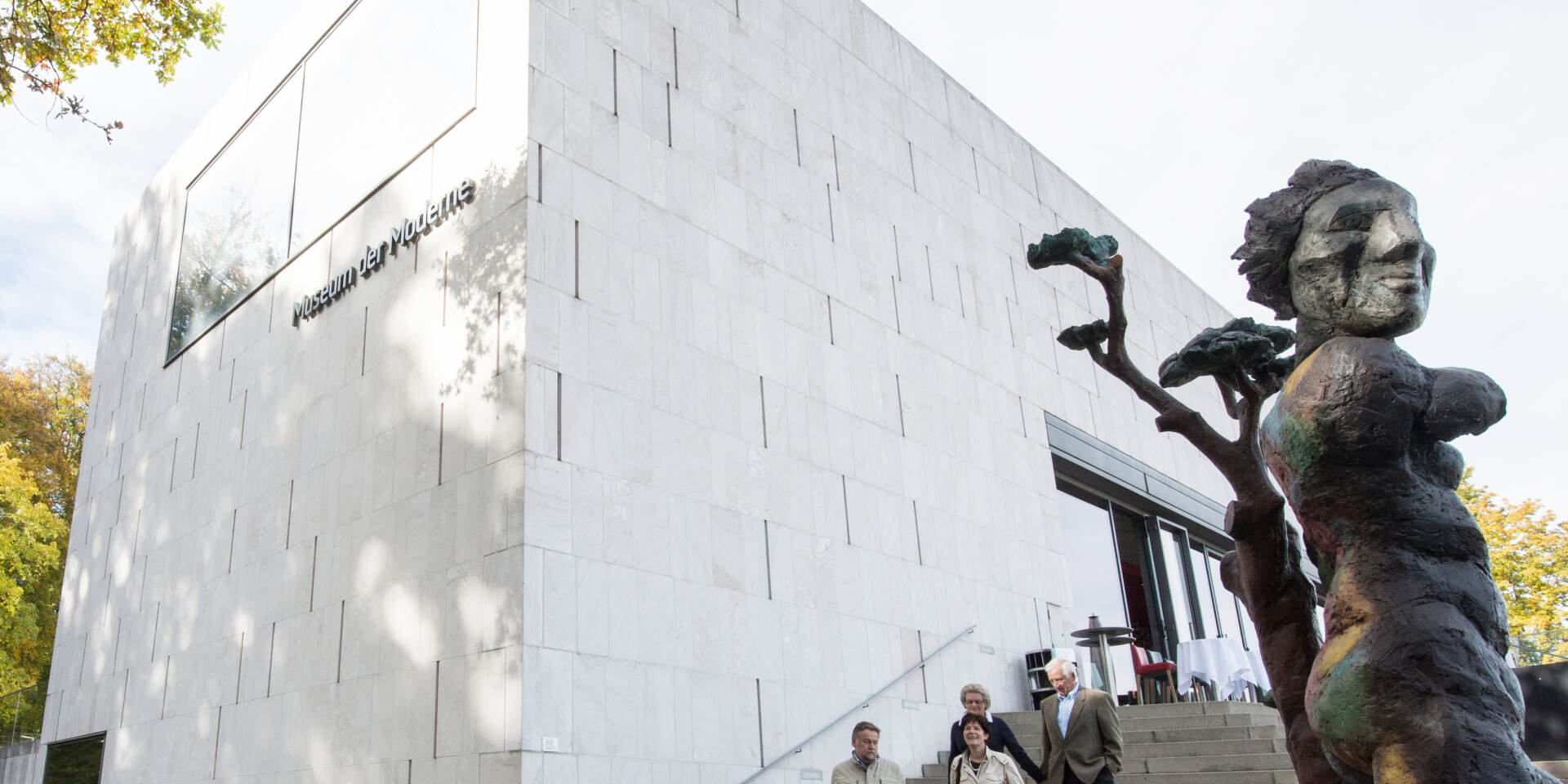
Portfolio and exhibitions of the Museum of Modern Art Salzburg
Both in the Rupertium and the Mönchsberg museum, temporary exhibitions of international and Austrian art of the presence and classical modernism are shown. Besides painting and sculpture, the museum also focuses on other themes and media, for example an extensive graphic collection and Austrian photography after 1945.
